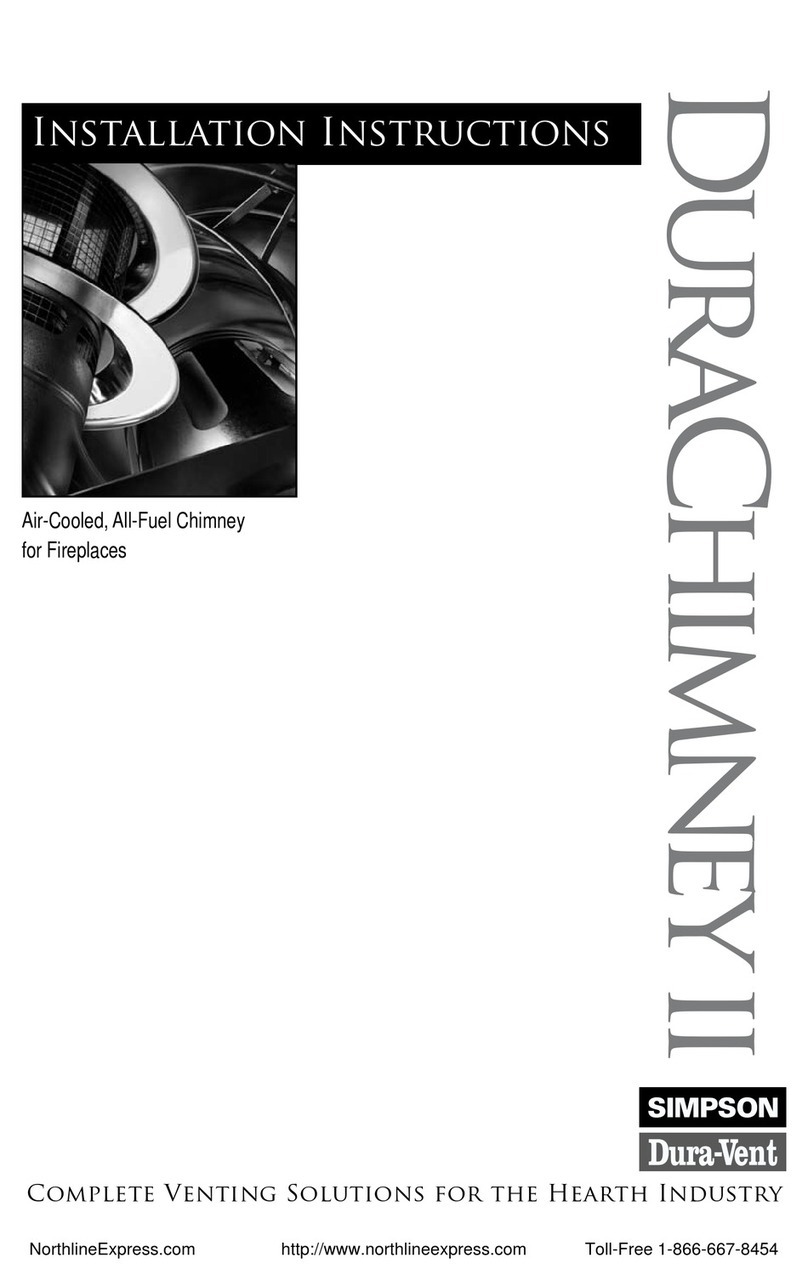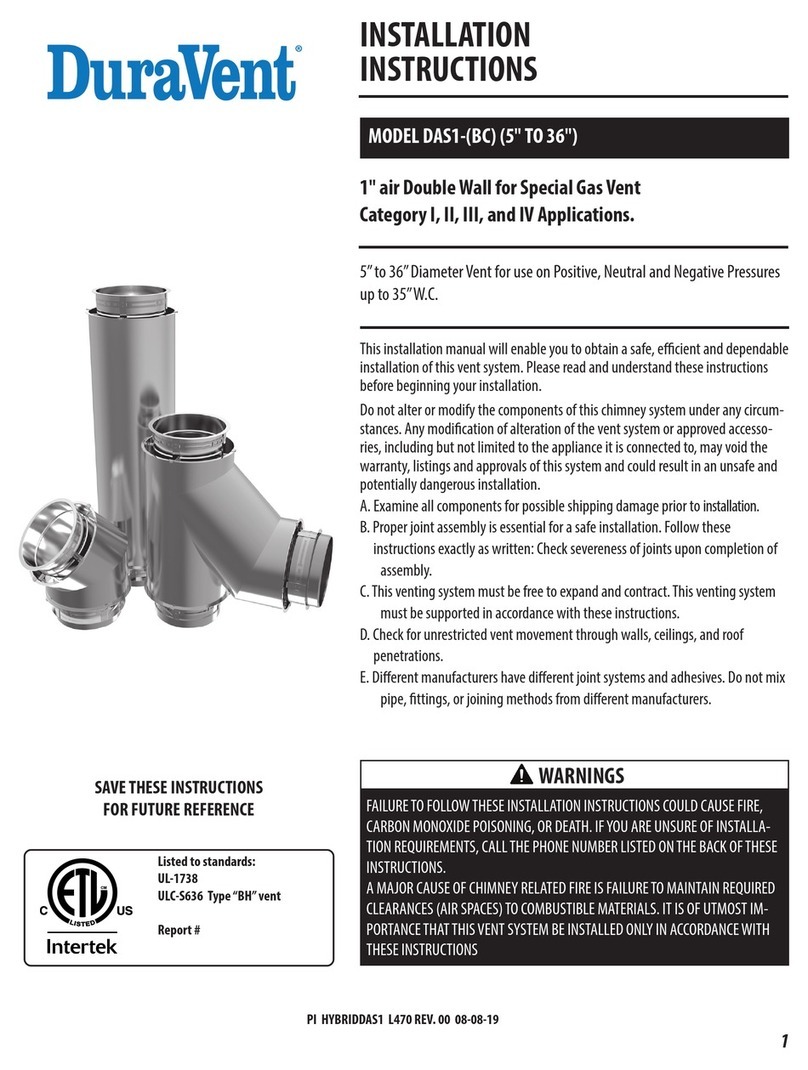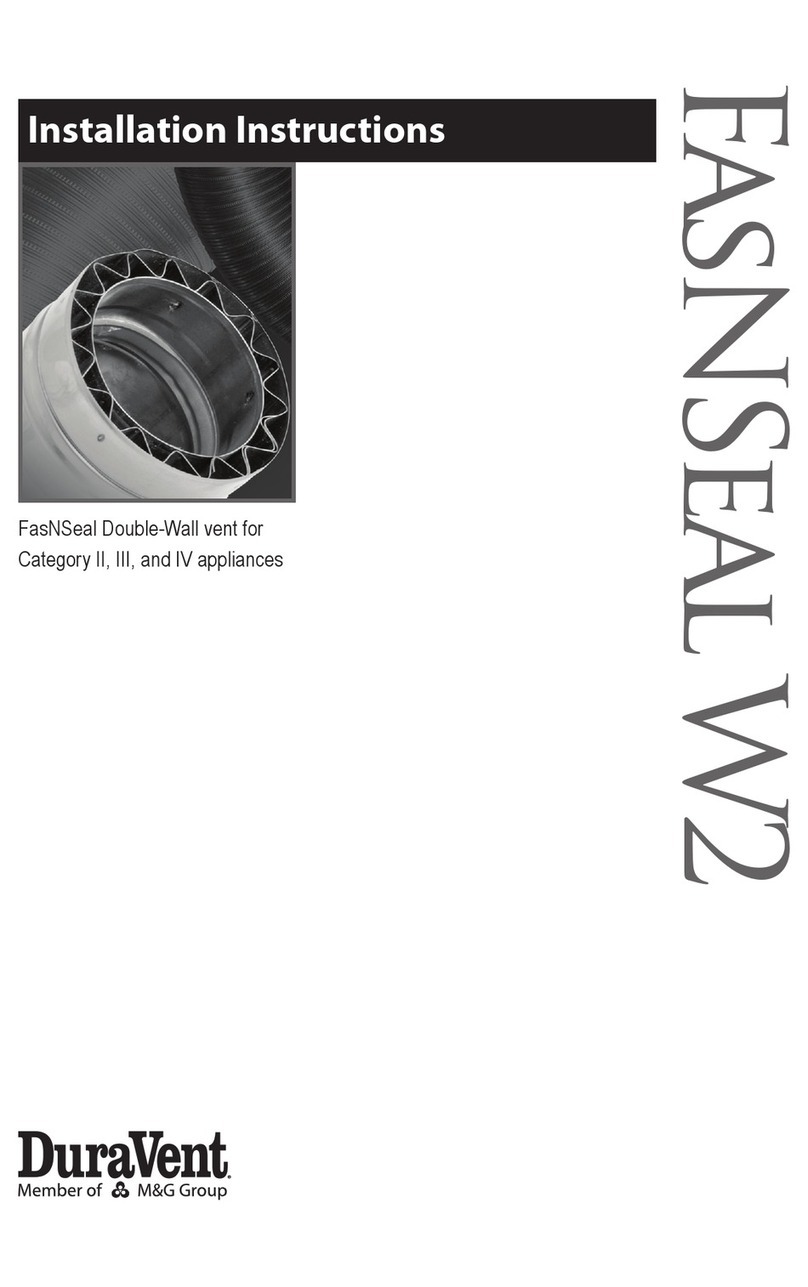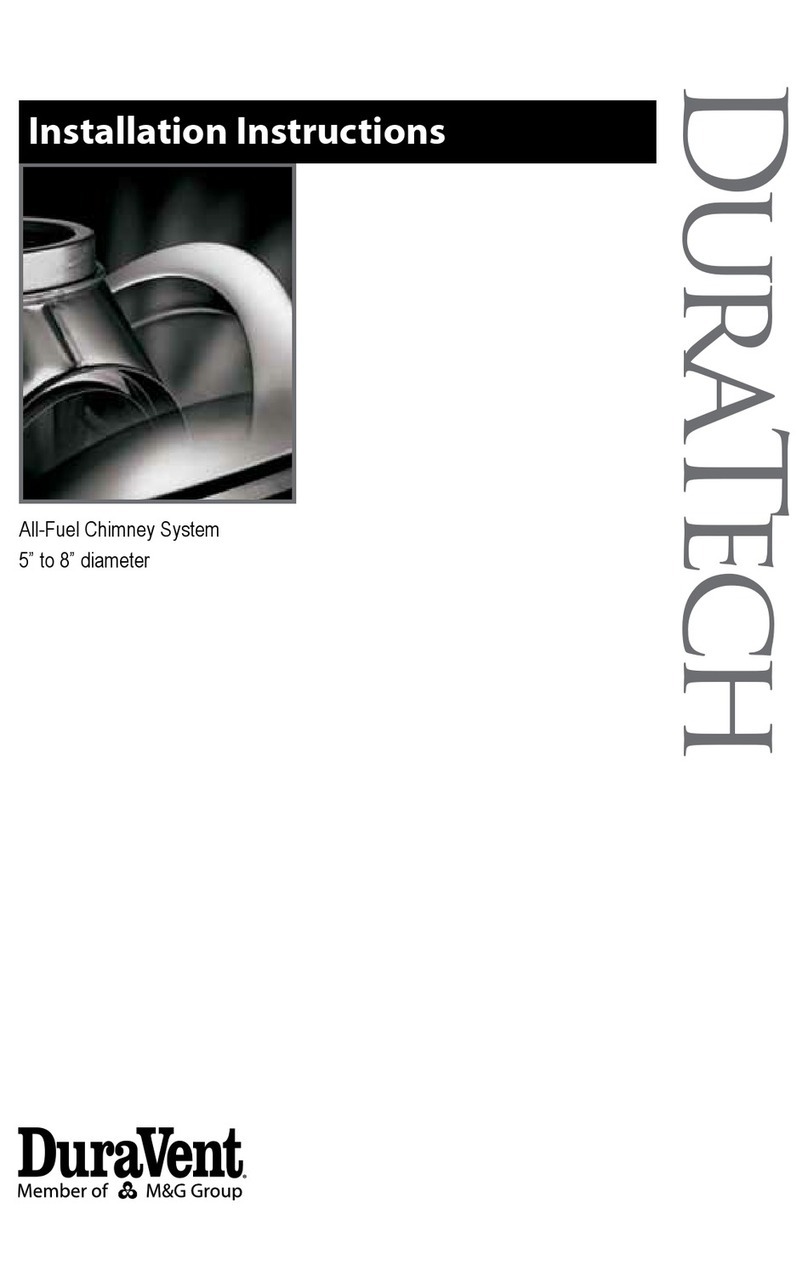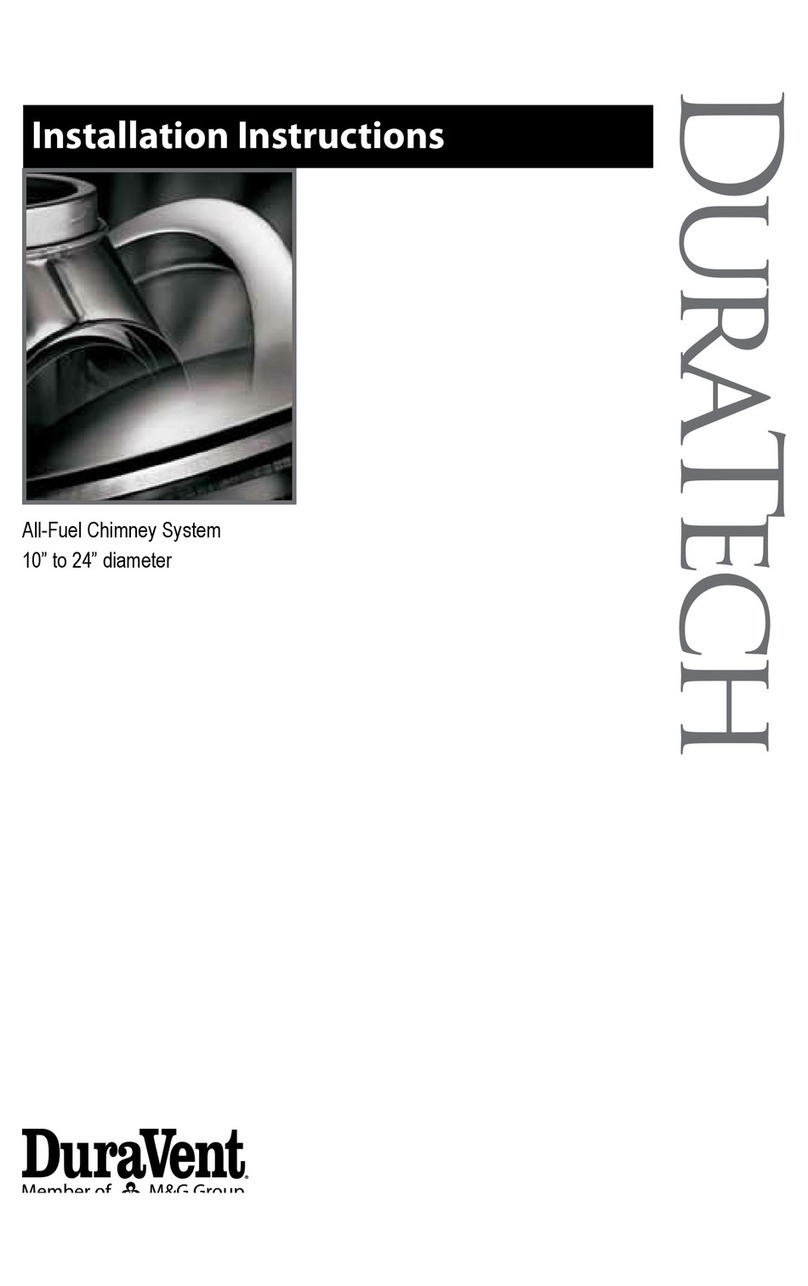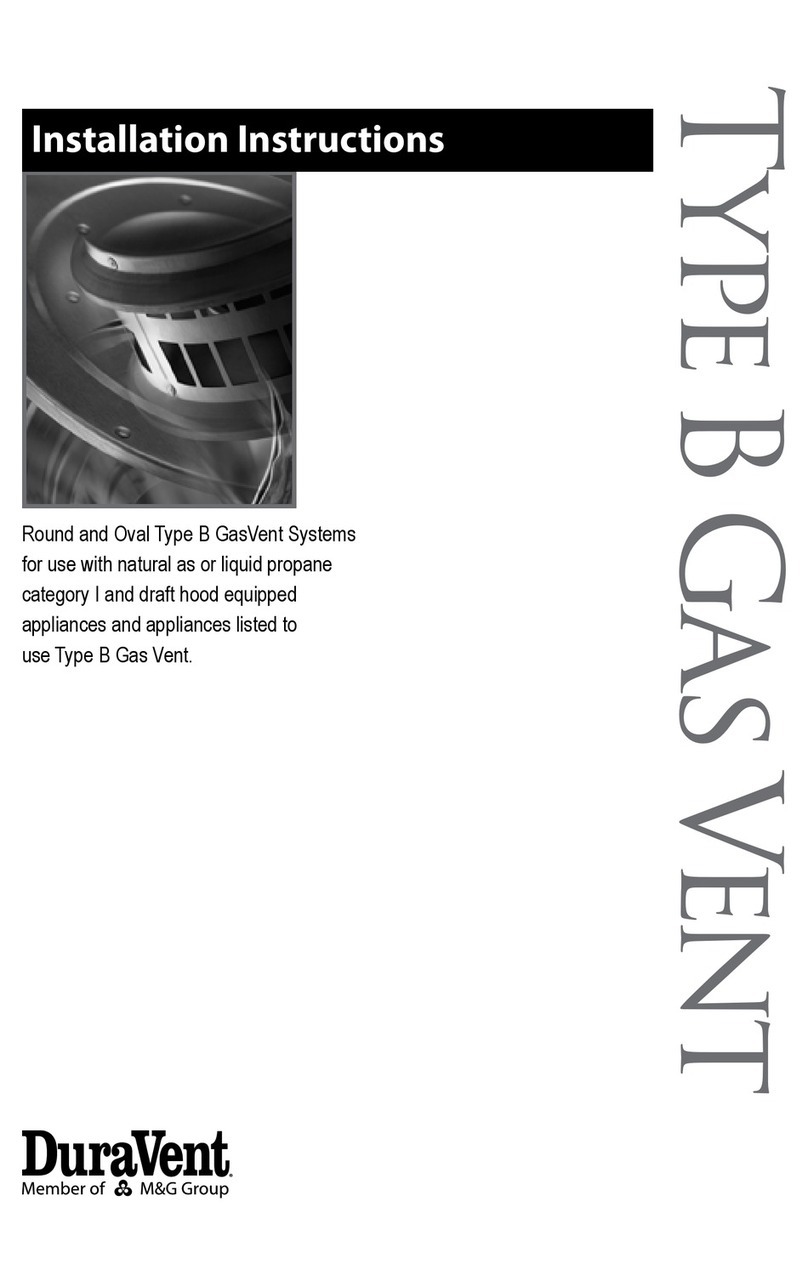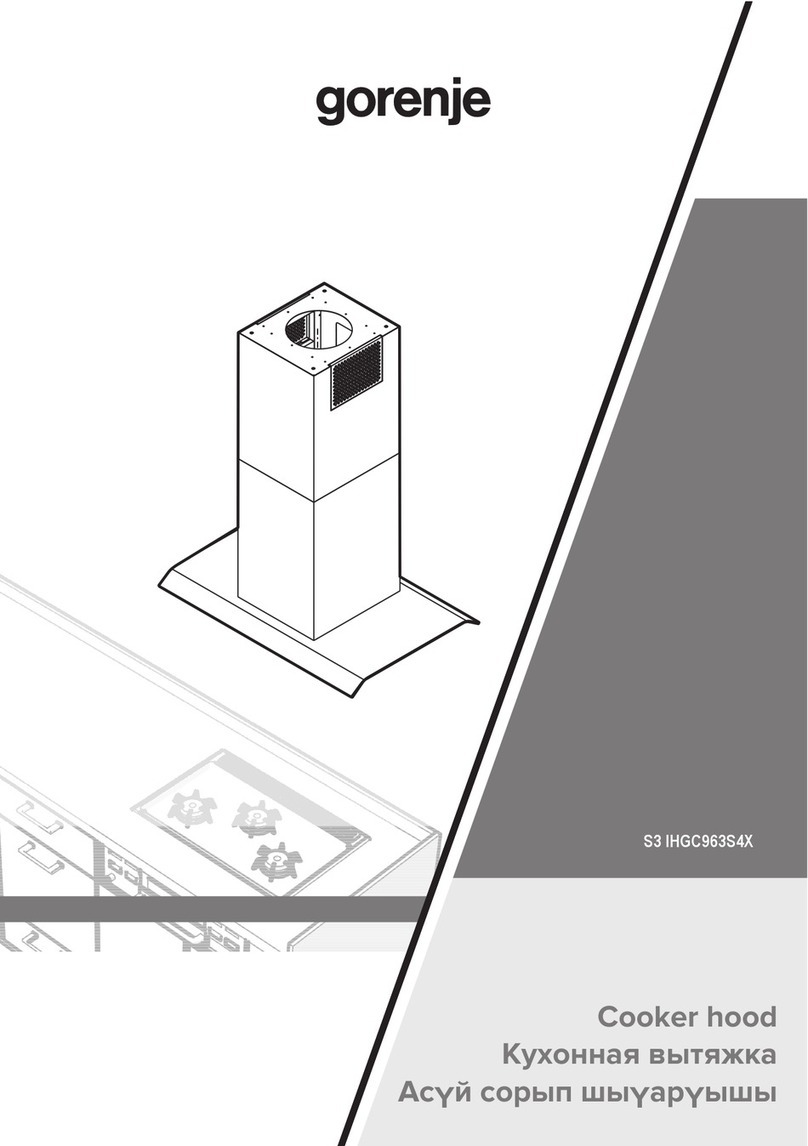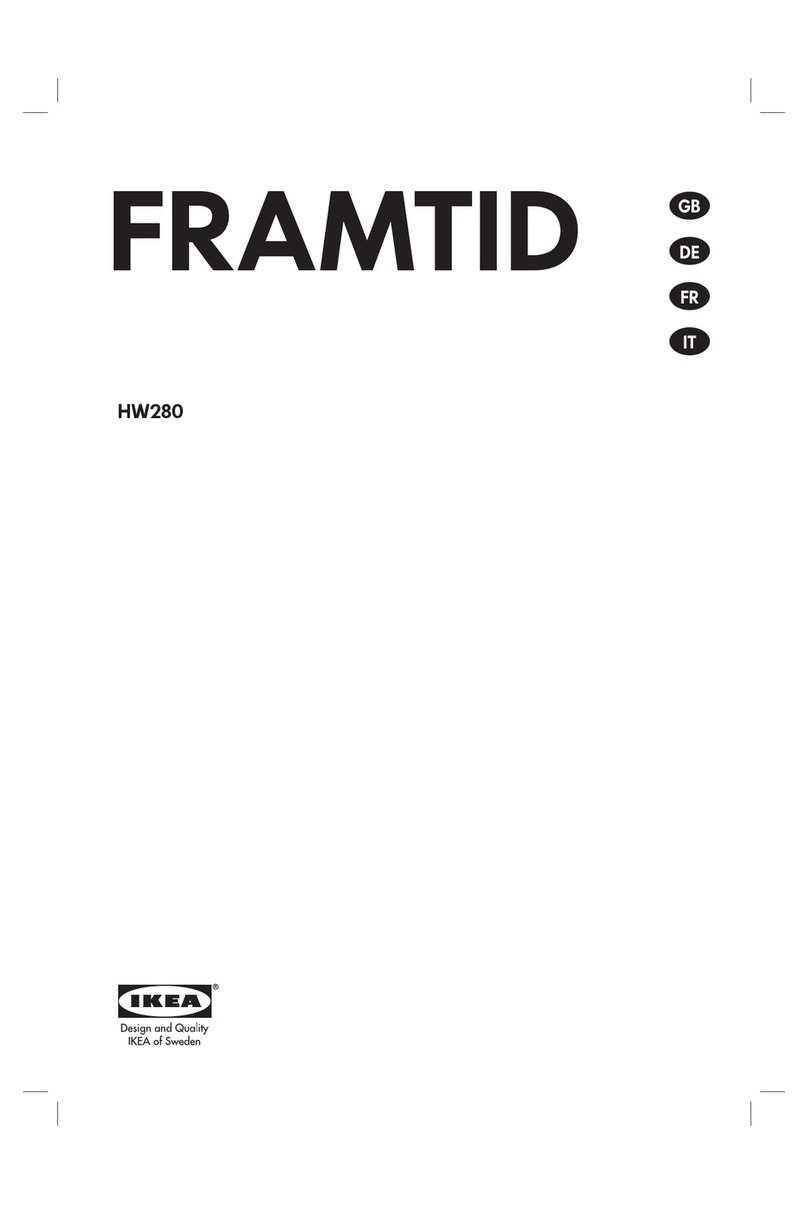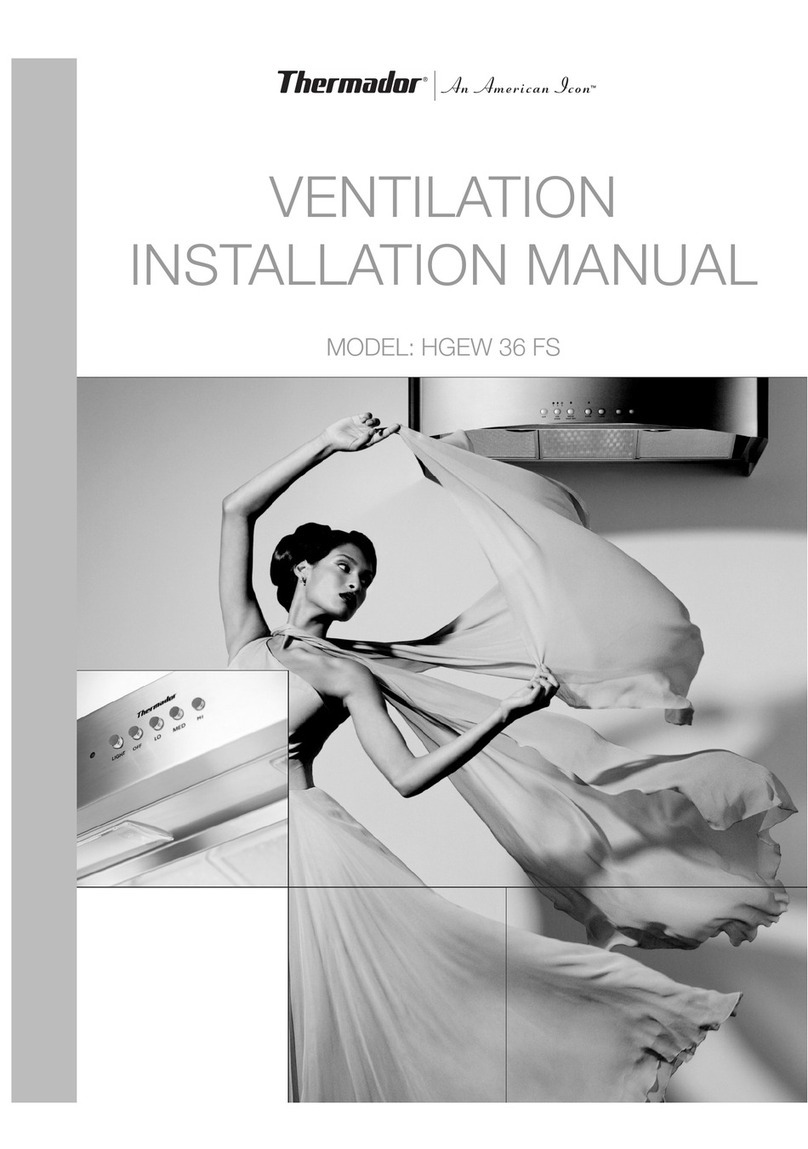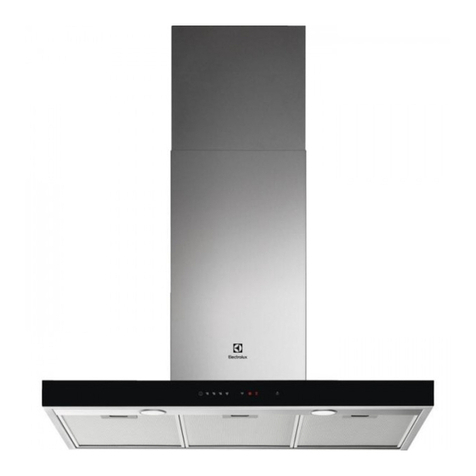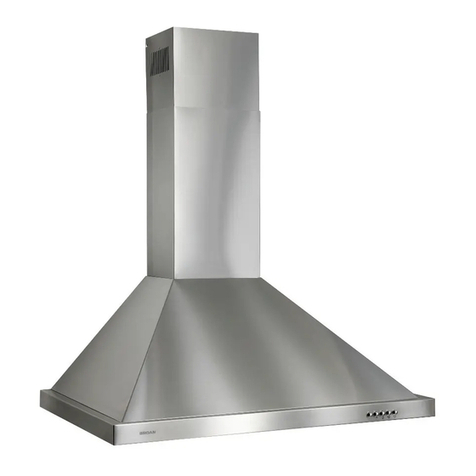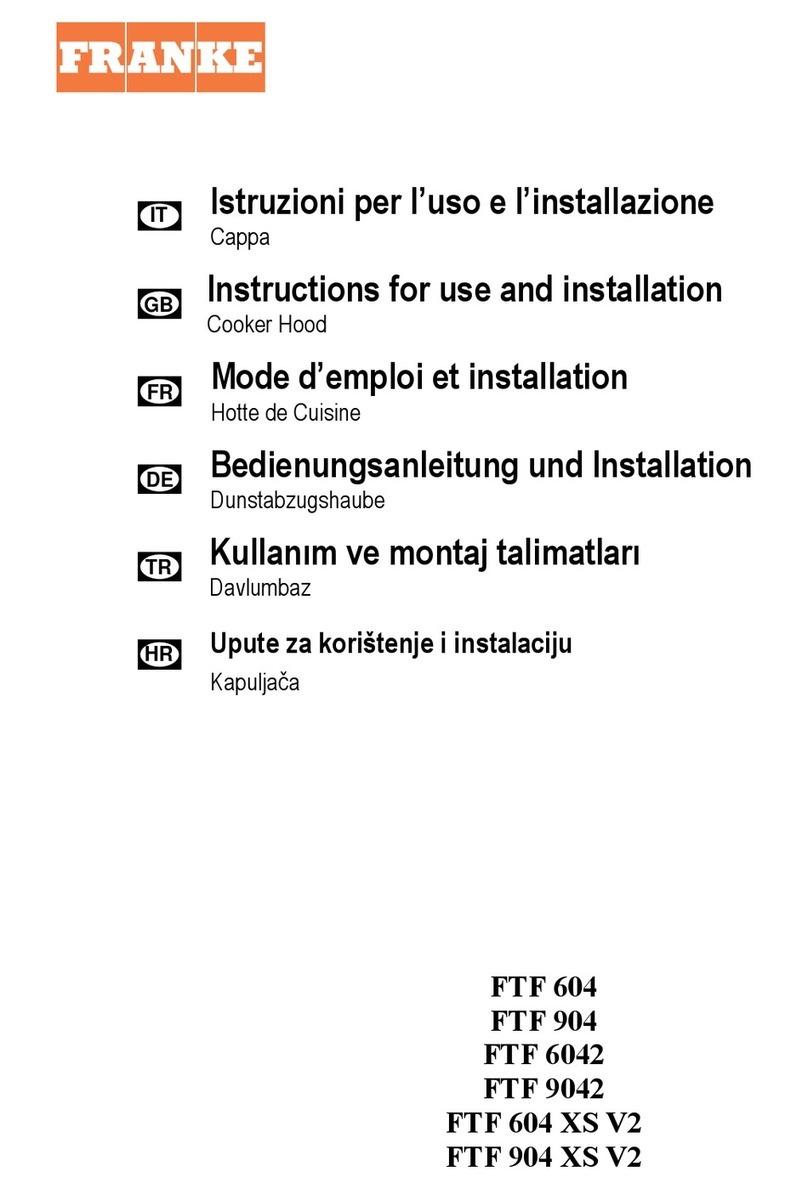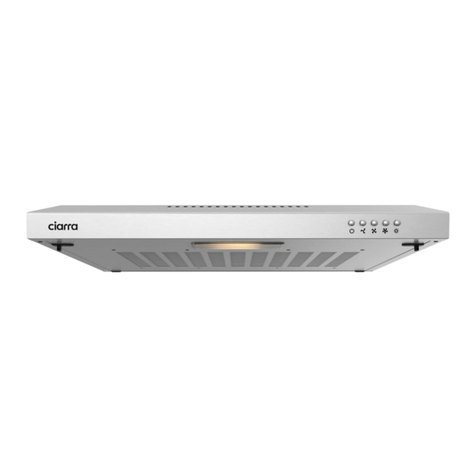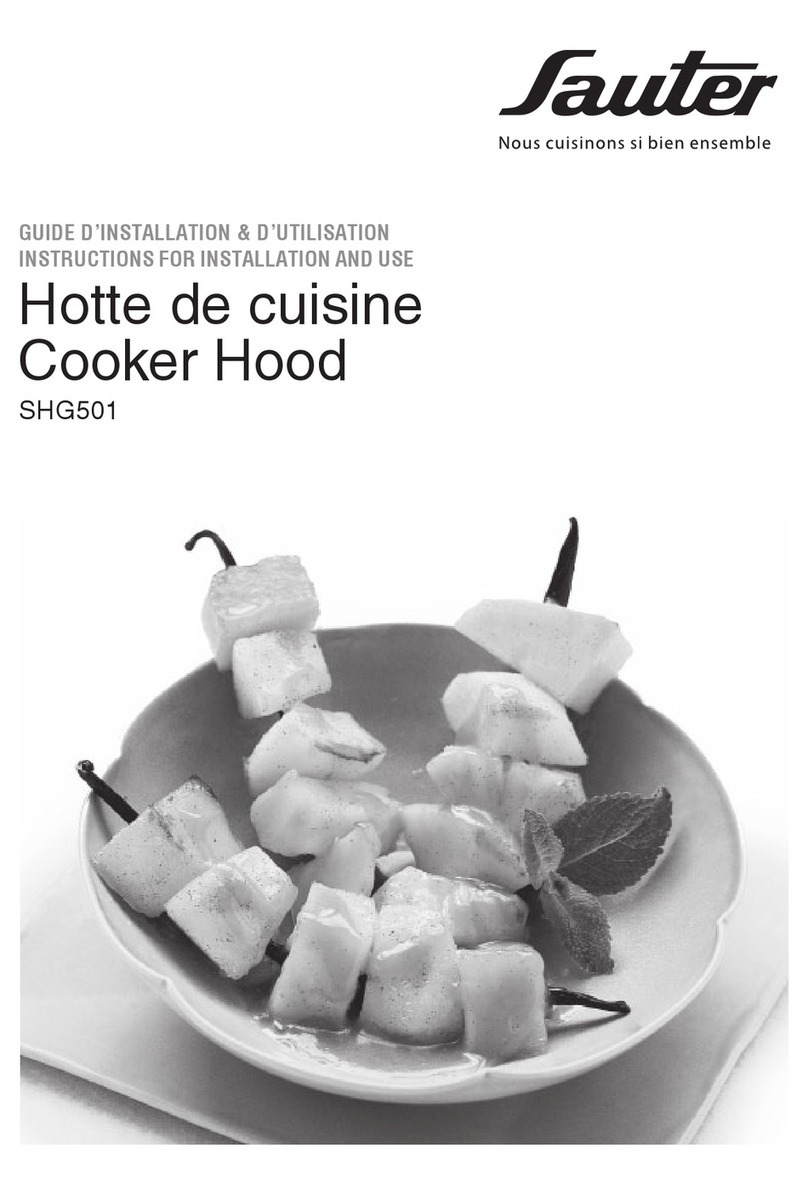
1SUBMITTALRECORDFORDURASTACKMODELSDCL,DAS1,DIS1,DIS2ANDDIS4
M&GDURAVENT|10JUPITERLANE|ALBANY,NEWYORK
www.duravent.com
DURASTACK™PRO
MODELS D
CL,
DAS1, DIS1, DIS2, DIS4
DCL- SINGLE WALL
DAS1- AIR INSULA
TED
DIS1, DIS2, DIS4 – FIBER INSULATED
SECTION A
-
CODE C
OMPLIANCE
UNDERWRITERS LABORATORIES
LISTINGS
DURAVENT
single wall Model DCL and double wall models DAS1
, DIS1, DIS2 and DIS4
venting systems are
listed by Underwriters Laboratories, Inc. (UL) in the following
product categories and in
the diameters indicated:
Model DAS-PRO
(DAS1 - Doublewall,
1”
air
insulation)
Building Heating Appliance Chimney
5”-
36” ID
1400° Fahrenheit Chimney
5”-
36” ID
Models D I S - PRO
(Doublewall, DIS1, DIS2 or DIS4) where the number
equals ceramic fiber insulation thickness
Building Heating Appliance Chimney
5”-
36” ID
1400° Fahrenheit Chimney
5”-
36” ID
Building Heating Appliance Chimney(Type HT)
5”-
36” ID
APPLICA
TION
UL 103 Building Heating Appliance Chimney
Listing:
Under this category, models DAS-PRO and DI S -PRO have been determined suitable
for
venting flue gases at temperatures not exceeding 538°C (1000°F) under
continuous
opera
ting
conditions from gas,
liquid,
oil or solid fuel fired appliances. Also
complies with opera
tion
(less than one hour) at temperatures not exceeding 740°C
(1400°F) and brief
opera
tion
(maximum 10 minutes) at temperatures not exceeding
906°C (1700°F).
Building
Hea
ting
Appliance Chimneys are suitable for use with
Building Heating Appliances and Low
Hea
t
Appliances as described
in
the Chimney
Selection Chart
of
National Fire Protection
Association (NFPA) Standard NO. 211.
Building Heating Appliance Chimney (Type HT) Listing 5” to 24” DIS-PRO
ONLY
Under this category (UL 103HT), the 5”
through 24” ID DIS-PRO Models have qualified
for
UL
’
s
additional, optional “Type HT” rating (for Building Heating Appliance
Chimneys) which
indicates they have been evaluated and found suitable for exposure
to 2100°F flue gases
for a 10 minute duration at a specific clearance for each
Model and diameter. Many local, state and regional code authorities require a
“Type HT” rating for chimneys for certain appliance venting applications; especially
solid fuel.
Building Heating Appliance Chimneys are suitable for use with
Building
Hea
ting
Appliances and other Low Heat Appliances as
described in the Chimney Selection
Chart
of National Fire Protection Association (NFPA) Standard No.
211.
1400°F Chimney Listing
-
Under this category (UL 2561,ULC-C959), Model D A S -
PRO
and DIS
X-PRO
have been determined suitable for venting flue gases continuously
at a tempera
ture
not exceeding 1400°F, and a 10 minute intermittent service at
temperatures not
exceeding 1800°F. As such, Model DAS-PRO and D I S -PRO
Models are suitable
for
use with ovens and furnaces as described
in
the Chimney
Selection Chart
of
NFPA No. 211, in
addition
to
other
A
pplications.
Engine Exhaust
Based upon the above referenced UL Listings and supplemental, UL
confirmed
pressure
testing, Model D A S -PRO and D I S -PRO are also suitable for use as
complete exhaust systems for
diesel engine and gas turbines. When Model DAS-PRO
and DIS-PRO
is
used as an engine or turbine
exhaust it is intended to be installed in
accordance with
NFPA
37
“Stationary Combustion
Engines and Gas Turbines”. This
code states, “When such (flue gas) temperatures do
not exceed 1000°F (538°C)
except
for
infrequent, brief periods, the engines shall be classified as low heat
appliances”. For continuous operation over 1000°F and not exceeding 1400°F the
exhaust system should be installed as a 1400°F
Chimney
.
Models D I S -PRO
may be used to meet various needs,such as:
a) Reduce outer pipe surface
tempera
ture.
b) Reduce building heat gain by retaining energy inside the vent.
c) Increase the efficiency of energy recovery systems by reducing exhaust
gas temperature losses.
d) Increase chimney or exhaust system draft loss performance due to
reduced exhaust gas temperature drop.
e) Reducebuilding noise levels caused by high speed or pulsating exhaust
induced noise. NOTE:
Specific tests have not been conducted to measure
acoustic performance.
Models DAS-PRO and D I S -PRO exhaust systems are intended for use in
connecting
the
hea
ting
appliance, engine, or turbine to the outdoors, while operating under
positive forced draft,
negative induced draft or neutral gravity flow internal
pressure conditions. Models DAS-PRO
and DIS-PRO (all insulation thicknesses)
may be intermixed
in
the same chimney system, assuming the proper associated
airspace clearances-to-combustibles are maintained.
ADDITIONAL
APPLICA
TIONS
Models D CL, DAS1 and DIS-PRO are also suitable for negative, neutral or positive
pressure
pre-
fabricated piping systems intended for use in a variety of
applications including but not
limited to the following: Fume Venting, Chutes,
Particle Conveying, Dr
yer Vents and Ventilation Ducts.
SUITABLE FOR POSITIVE PRESSURE VENTING APPLICATIONS WITH MAXIMUM 60”
WATER COLUMN INTERNAL STATIC PRESSURE AT 1000 DEGREES F
.
MULTI-ENGINE
EXHAUSTS
A common exhaust system
for
multiple engine or turbine installations
is
generally not
recommended. Check with your engine or turbine manufacturer prior to
common
exhaust system design. Exhaust gas from operating units tends to flow to
non-
opera
ting
units where condensation may form. Water in engine or turbines at start-up
may cause damage. In general, a separate exhaust system should be provided for
each engine or turbine
.
